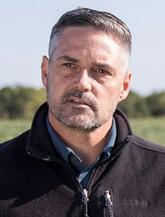Future Outlook for American Forests
Natural Climate Solutions Through the Lens of Markets and Wood Utilization
Fall 2020
The following is a transcript of a roundtable discussion that took place at the American Forestry Conference, a virtual event held July 27-30, 2020. A group of experts discussed working forests as a natural climate solution, and how the role of forestry in mitigating climate change can best be conveyed to a skeptical public. (The transcript has been condensed and edited for clarity.)
The following is a transcript of a roundtable discussion that took place at the American Forestry Conference, a virtual event held July 27-30, 2020. A group of experts discussed working forests as a natural climate solution, and how the role of forestry in mitigating climate change can best be conveyed to a skeptical public. (The transcript has been condensed and edited for clarity.)





